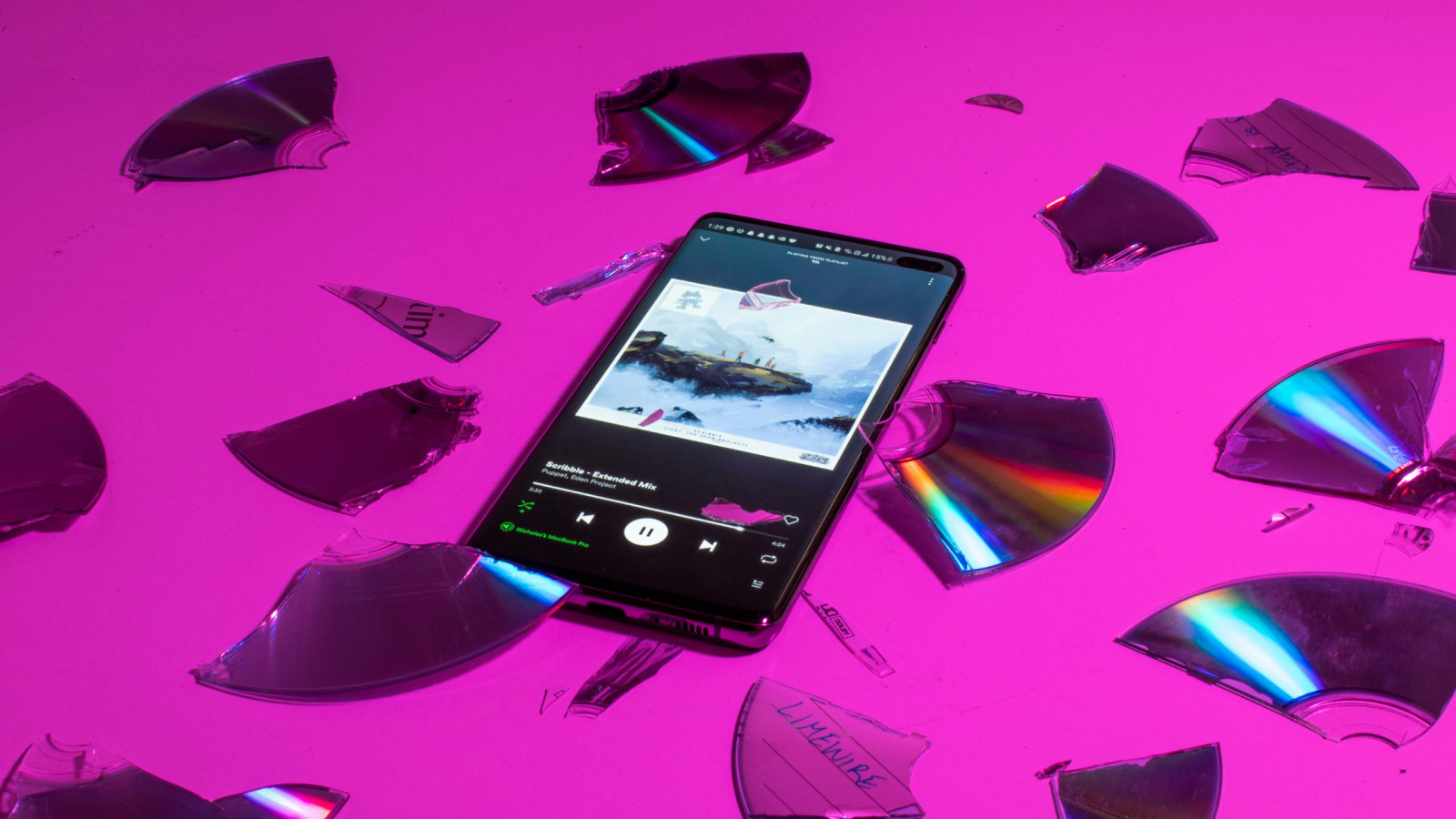Is streaming music's final form? And if not, what's next?


Key takeaways from this blog:
- Music is not stuck – it is shifting. Fans now engage through remixes, memes, and behind-the-scenes content, not just through streaming
- Streaming is losing cultural ground. Music lives on TikTok, YouTube, group chats, and live sets – places the industry often overlooks
- The future of music is multi-dimensional. Fans want more interaction, not just passive listening. To stay relevant, streaming needs to evolve to support fan creativity and immersive experiences
Back in October, there was a brief online debate in the entertainment business newsletter sphere over the state of culture. Amid hot takes on how culture is “stuck” or “stagnating”, the writer Katherine Dee published an essay that has been on my mind a lot lately.
Dee argues that critics often make the mistake of assuming today’s “culture” is the only type that could ever exist. This leads them to look for signs of growth and innovation in all the wrong places, such as the box office – and of course find only decline and stagnation, seeming to validate their theories. But Dee argues that there are plenty of new forms of cultural expression and storytelling that we do not fully understand yet, including social media personalities, TikTok sketch comedy, and the curation of aesthetics through images and sounds. While easy to dismiss – and whether you like it or not – these developments are signs of a new definition of culture entirely. Culture is not stuck, Dee writes: “You just can’t see what it’s become.”
Meanwhile, the music industry is consumed by conversations about slowing music streaming growth, a rise in passive listening, and how to extract more revenue from streaming platforms. These conversations are important, and we could be forgiven for being so laser-focused on them – after all, streaming is the main driver of music industry revenue and the established consumption format of our time. To that end, next week MIDiA will publish the results of our landmark pricing study, which tests consumer willingness to pay for new streaming tiers like ad-lite and Supremium.
But in the background of all this, music culture (and music itself) has been shifting away from streaming platforms. It is happening via TikTok music curators, inside the digital walls of group chats, on music creators’ YouTube channels, and in the venues of live DJ sets. A growing number of artists no longer see streaming as their natural path, instead building careers more akin to those of content creators. But the music industry does not typically recognise social media as a form of music consumption or YouTubers as artists.
So lately I have been wondering: Is music stuck? Or is the industry unable to see what it is becoming?
Featured Report
Q3 2024 music metrics Maturation effect
This report presents MIDiA consumer data for key music consumer behaviours and company financials for Q3 2024.Consumer data covered includes, streaming app usage, music behaviour and streaming activities....
Find out more…When new music formats emerge
After vinyl, music formats have tended to enjoy 10 to 20 years of dominance:
- Vinyl: 40-50 years
- Cassette: 10-15 years
- CD: ~20 years
- MP3: 10-15 years
- Streaming: 10-15 years and counting
Usually, the emergence of a new format is preceded by slowing revenue growth for the prior one. This is happening with streaming right now, and it is driving a focus on new growth opportunities for the format, including those aforementioned tiers. At the same time, though, new forms of being an artist and a listener are evolving entirely outside of streaming’s borders.
It is helpful here to consider parallels across the entertainment space, where many formats have collapsed into video. Think about it: Podcasts are now videos. Shopping is increasingly a video experience. A big part of today’s gaming culture is watching videos of other people playing. Social media, once a photo- and text-based format, is now video-centric. Consumers spend an average of 18.5 hours weekly on video experiences, compared to 6.5 on music streaming (Source: MIDiA Research Q4 2024 consumer survey). Perhaps video is winning simply because it is more multi-dimensional than listening to audio, scrolling through images of clothes on a retail site, or swiping through someone’s Instagram carousel. It is the destiny of entertainment experiences to add dimensions over time – to become more immersive, interactive, and multi-sensory.
Music’s next stage
No, this is not where we predict that music will automatically become a video format, as the MTV era was so afraid of. However, it is likely that music’s next evolution will add a dimension or two to the experience – and yes, that could mean going beyond audio. This is a good time to think about where the signs of consumer and artist behaviour are pointing, and what that might mean for music’s next stage:
- Fans increasingly want to interact directly with the music they love, via remixes, reaction videos, audio memes, and other types of fan-made content
- The process of music-making is becoming equally as important and interesting as the result; often the process is the product
- Artists are experimenting with what it means to create and share music, from inviting fans into their processes, to restricting supply, to creating AI models trained on their own catalogues
- New generations of music creators increasingly act like content creators, with many building careers on YouTube
- Live, ephemeral experiences with music are gaining value, whether in-real-life or online
Yet with the exception of live touring, these developments often do not register as part of the “music industry”.
A post-format world
Rather than anticipating a new format, music (and wider culture) may be evolving beyond format entirely. As Dee’s essay alludes to, art and storytelling have become decoupled from format, and everyone – from consumers to pros – is involved in a constant process of iteration upon it. Was Charli XCX’s Brat about the static album streaming experience on Spotify, the audio memes fans created from its verses, the aesthetic it inspired, Charli’s remix edition that completely reimagined the original tracks, fans’ own remixes, or the internet personalities it built lore around? The answer is all of the above – one story, extending across multiple formats and contributed to by everyone. Perhaps streaming really is the last format – and what is emerging now is the post-format world.
Of course we need to find new growth areas for streaming, and there is a possibility for streaming to evolve in a way that supports these emerging definitions of music culture. And the shift we are talking about will require much more time. Consider that the arc of consumer creation has taken 60 whole years to evolve from fans making cassette mixtapes, to playlists, to now simply remixing the songs themselves. However, we should not be so focused on Spotify that we miss the forest for the trees, and know what music is, while failing to see what music is becoming.

There are comments on this post join the discussion.